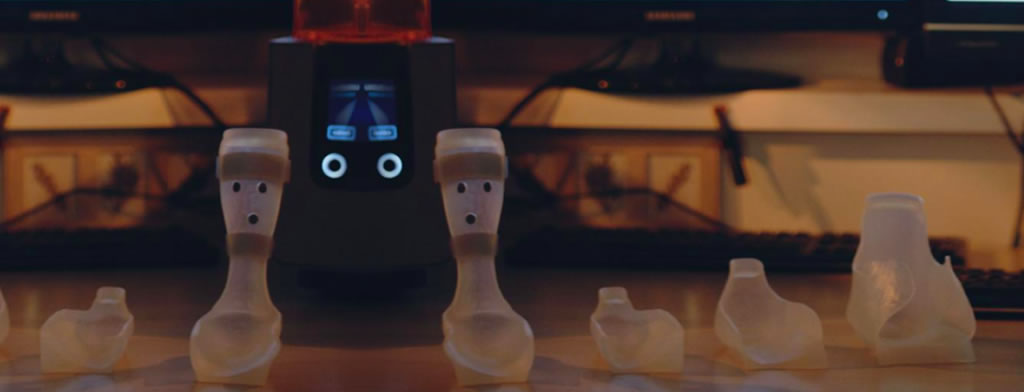For people born with permanent movement disorders like Cerebral Palsy, living a normal life means going through a rigorous set of exercises with the approval of experts and with the help of orthoses(walking aids) to ensure that they can walk and run independently.
When Matej Vlašič realised that his son, Nik may not be able to sit up, he decided to do everything within his power to ensure a normal life for his son. Nik was born prematurely with severe brain damage, when he was 3 years old, doctors diagnosed him with Cerebral Palsy.
An engineer with 12 years of experience, Matej spent months researching ways in which to help his son- both with the help of physical therapy and ankle feet orthoses (walking aids). The Ankle Feet Orthoses(AFOs) available currently were expensive, uncomfortable and take a long time to make, though they do the work they are supposed to- align the feet and condition the joints.
Matej wanted a better option for his son. After a lot of research and deliberation, he settled for SLA 3D printing a customized AFO for Nik. Generally, SLA printers are way more expensive than most FDM 3D printers, so Matej opted for the Formlabs Form 2 SLA printer, which was affordable and could give a much more comfortable and cheaper alternative than most of the conventional Orthoses currently available in the market.
“The lack of comfort and high price combined with all the other cons were enough that I decided to do something about it… I didn’t have the solution at that time, but I wanted to find a better way to design it. I was just trying to help my son the best possible way,” explains Matej.
Matej took 6 months to perfect the right AFO design for Nik using the Formlabs Form 2 SLA printer. With various iterations and a lot of research, Matej was finally able to provide Nik with 3D printed customized orthoses which were comfortable to wear. With this, Nik was able to walk within a few days and even dance after a few months. Moreover, Matej designed and printed newer orthoses whenever the old ones became smaller, a trait which may have taken much longer with traditional orthoses.
The Orthoses Matej designed finally cost just $15, as against the $5000 he would have had to shell out for traditional Orthoses. In fact, the 3D printer that was used cost $3500 and the durable resin for printing cost $175.

With such a vast difference in costs, Matej has now taken it upon himself to help other parents who are facing the same challenges. He has launched a startup called aNImaKe which provides parents a 3D printed orthoses solution for their children with similar development problems. Further, Matej and his team are working on developing orthoses for the hands and writing devices for children with special needs. A father’s dedicated determination to make life better for his son has spawned a new movement to help children like Nik the world over with the latest 3D printing technology.